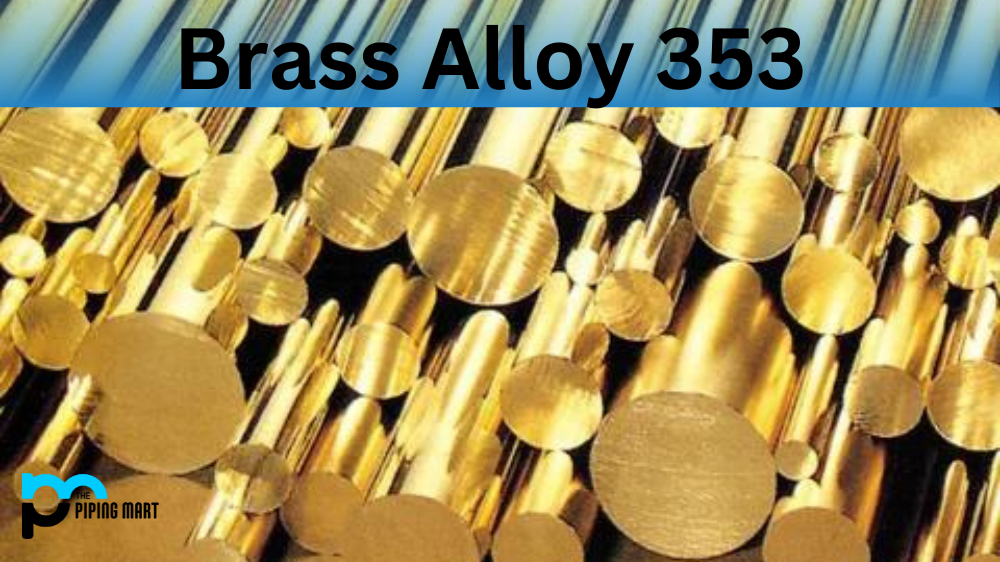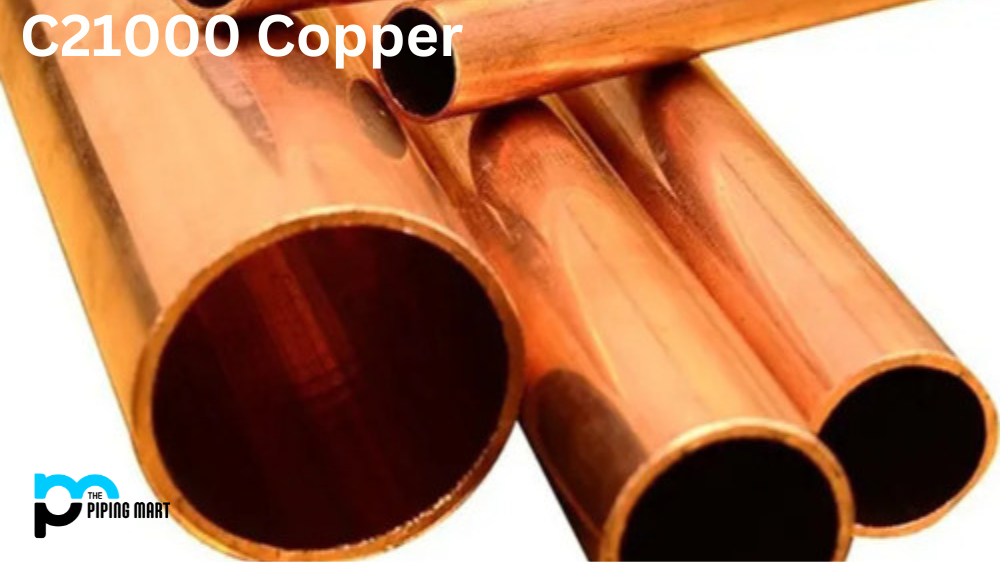As technology and engineering evolve, there is an ever-growing demand for materials that can withstand extreme temperatures, corrosion and wear resistance. One such material proven to meet these demands is Alloy 36. This nickel-iron alloy contains an exceptionally low coefficient of thermal expansion and is renowned for its exceptional stability over a wide temperature range. In this blog, we will delve deeper into the composition, properties, uses, and applications of Alloy 36.
What is Alloy 36?
Alloy 36 (Invar 36) is a low-expansion iron-nickel alloy containing roughly 36 per cent nickel. It has a meagre thermal expansion rate, meaning it stays the same size under most temperature conditions. Due to this unique property, precision instruments and moulded parts often must remain dimensionally stable over time.
Alloy 36 Composition
Alloy 36, or Invar 36, is a nickel-iron alloy containing 36% nickel. It has a very low coefficient of thermal expansion, making it ideal in applications that require dimensional stability across a wide temperature range. The remaining metals include iron, carbon, manganese, and silicon, which give Alloy 36 mechanical and physical properties that make it resistant to oxidation and other chemical attacks.
| Ni | 35,00 – 38,00 |
| Co | max. 1,00 |
| Mn | max. 0,60 |
| Cr | max. 0,50 |
| Mo | max. 0,50 |
| Si | max. 0,35 |
| C | max. 0,10 |
| P | max. 0,025 |
| S | max. 0,025 |
| Fe | Rest |
Alloy 36 Mechanical Properties
Alloy 36 has excellent mechanical properties, making it ideal for applications requiring dimensional stability. It has a tensile strength of 570 MPa and a yield strength of 235 MPa. Its hardness ranges from 140 to 195 HB. Alloy 36 retains its stability and elasticity over a wide range of temperatures from -250°C to 200°C.
| Yield strength | min. 240 MPa |
| Tensile strength | min. 490 MPa |
| Elongation | min. 42% |
Alloy 36 Physical Properties
Alloy 36 has a low thermal expansion, indicating its ability to retain its dimensions in temperature variations. It has a low coefficient of thermal expansion of 1.28± 0.05×10-6/K, which is less than half of its counterpart austenitic stainless steels. It has excellent magnetic properties that make it ideal for use in electrical and electronic applications.
| Density | 8,11 g/cm³ |
| Melting point | 1430 °C |
| Thermal conductivity | 10,0 W/m · °C |
Alloy 36 Equivalent
Alloy 36 Uses
Due to its excellent mechanical and chemical properties, Invar 36 has a wide range of applications. It is used in industrial applications such as aerospace and defence, automotive manufacturing, and consumer electronics. For example, it’s used to make cold cathode tubes, electronics chassis, aerospace structural components, and devices that support the transmission of high-frequency signals.
Alloy 36 Corrosion Resistance
Alloy 36 has excellent resistance to corrosion in a variety of environments. It also exhibits high resistance to environmental stress cracking, typical of nickel-based alloys. Due to its excellent corrosion resistance, it’s used in chemical processing equipment, oil and gas processing applications, and many other industries requiring superior corrosion-resistant materials.
Alloy 36 Heat Treatment
Alloy 36 is best heat-treated at a temperature range of 1065-1125°C. Before heat treatment, it’s essential to degrease the surface of the alloy to remove any impurities that could reduce its surface quality. During heat treatment, the alloy should not be subjected to cooling rates greater than 100 degrees Celsius per minute. The most common heat treatment method for Invar 36 is annealing, reverse-treating, or stabilizing.
Alloy 36 Machining
Machining Alloy 36 is more complex than other metals. It’s a brutal and gummy metal that can easily clog machines or cause tool breakage, making cutting challenging. To machine Alloy 36, unique grinding tactics and equipment must be used to ensure material surface integrity.
Alloy 36 Welding
Invar 36 is weldable using methods such as TIG or MIG welding, and maintaining clean conditions when welding is essential to avoid contamination, corrosion or oxidation effects on the alloy surface. The heat-affected zone (HAZ) should also be protected from moisture, which can lead to cracking.
Conclusion
In conclusion, Alloy 36 has valuable mechanical and chemical properties ideal for specialized applications. Its low coefficient of thermal expansion, excellent resistance to corrosion and heat, and magnetic properties are just a few reasons Alloy 36 is the preferred material for industries that require dimensional stability and durability in harsh environments. It may be challenging to machine or weld, but Alloy 36 can be used with the proper precautions, and the results are astounding.

Meet Bhavesh, a seasoned blogger with a wealth of knowledge and experience. From metal products manufacturing to retail, Bhavesh has a diverse background in various industries and is dedicated to sharing his insights and expertise with readers.




